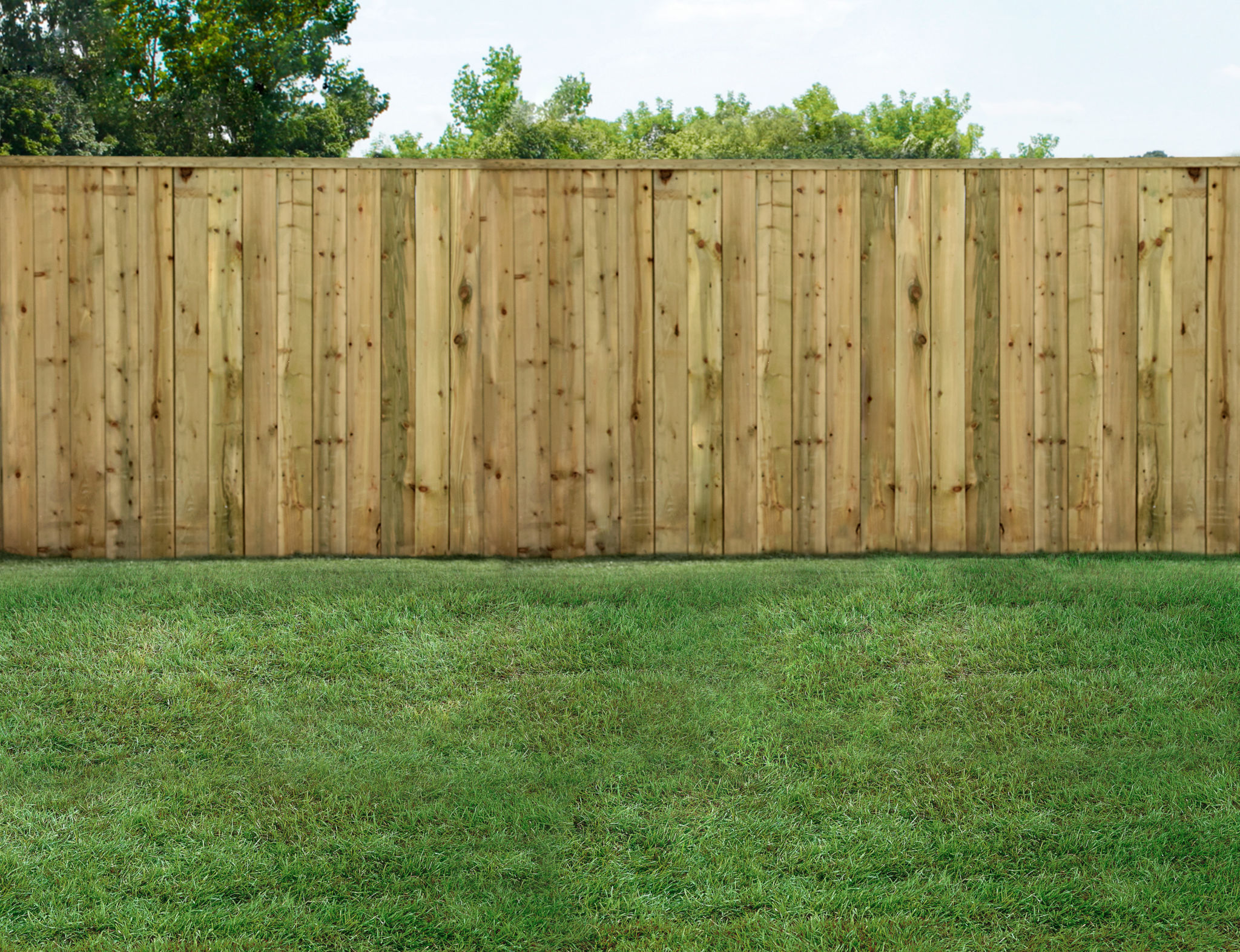DIY Lawn Care Tips for a Lush Green Lawn All Year Round
Understanding Your Lawn's Needs
Achieving a lush green lawn all year round starts with understanding what your lawn needs to thrive. Different grass types require varying levels of sunlight, water, and nutrients. It's important to identify the type of grass you have so you can tailor your care routine accordingly. Conduct a soil test to determine its pH level and nutrient content. This will help you decide if you need to amend your soil with specific fertilizers or conditioners.

Regular Mowing Techniques
Mowing is more than just a chore; it's a crucial part of lawn care. Aim to keep your grass at an optimal height, which is typically about 2.5 to 3 inches. This height allows the grass to shade the soil, reducing water evaporation and preventing weeds from taking root. Always cut with sharp blades to ensure a clean cut, which helps the grass heal faster and reduces disease risk.
Grasscycling for Healthier Lawns
Consider grasscycling, which involves leaving clippings on the lawn after mowing. These clippings decompose quickly, returning valuable nutrients to the soil and reducing the need for additional fertilizers. Make sure your mower is set to mulch the clippings finely for the best results.
Watering Wisely
Watering is essential, but it's important to do it wisely. Overwatering can lead to shallow root systems and increased susceptibility to disease. Aim for deep, infrequent watering sessions that encourage deep root growth. Early morning is the best time to water your lawn, as it reduces evaporation and allows the grass to dry before nightfall, minimizing fungal growth.

Utilizing Rainwater
Incorporate rainwater harvesting into your lawn care routine. Installing a rain barrel can provide a sustainable source of water for your lawn while reducing your water bill. Plus, rainwater is naturally soft and free of chemicals found in tap water, which can benefit your grass.
Fertilization Strategies
Fertilizing your lawn provides it with essential nutrients that promote healthy growth. Use a slow-release fertilizer in early spring to give your lawn a steady supply of nutrients throughout the growing season. In the fall, apply a fertilizer rich in potassium to strengthen the grass as it prepares for winter.

Organic Options
If you're looking for environmentally friendly options, consider organic fertilizers made from natural ingredients like bone meal or compost. These provide a gentle nutrient boost without the risk of chemical runoff damaging local waterways.
Pest and Weed Management
A healthy lawn naturally resists pests and weeds, but sometimes intervention is necessary. For pests, use integrated pest management strategies that combine cultural, mechanical, and biological controls before resorting to chemicals. For weeds, regular mowing and maintaining a dense turf are your best defenses. Hand-pull weeds or use spot treatments to avoid harming desirable grass.
By following these DIY lawn care tips, you'll be well on your way to achieving a lush green lawn that remains vibrant all year round. With understanding and consistent effort, your lawn will be the envy of the neighborhood.